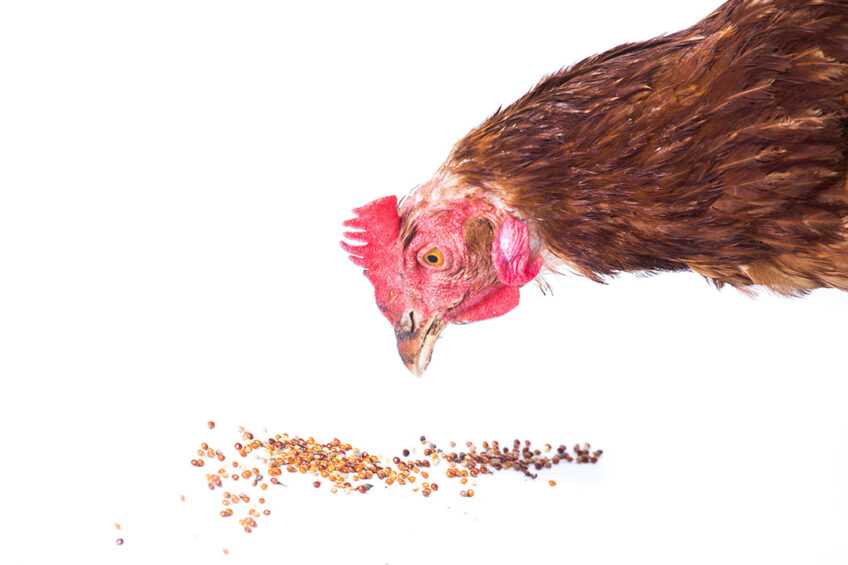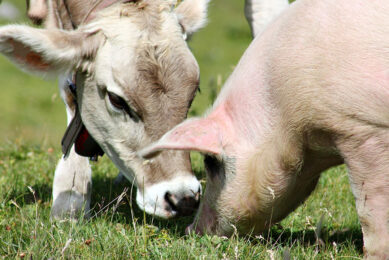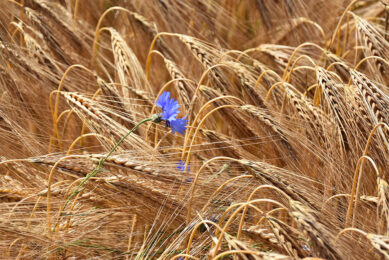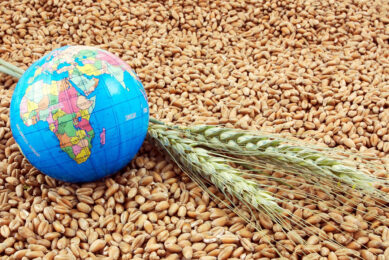Decline in UK animal feed production set to continue to 2022/23

Rising input costs, which have tightened margins for UK livestock and poultry producers, are set to lead to an ongoing decline in UK animal feed production.
In Great Britain, poultry, pig and cattle feed accounts for nearly 90% of total animal feed production, including integrated poultry units (IPU).
Poultry feed sector: 45% of total feed production
TheAgriculture and Horticulture Development Board (AHDB) says that in GB poultry feed makes up 45% of total animal feed production – the largest sector. With the sector struggling not only with soaring input costs but also avian flu and labour shortages, a number of producers have cut production, and some have left the industry.
With soaring inflation and subsequent rises in cost of living it has been reported that demand for meat has been down across the board
As demand for poultry meat falls so does feed
AHDB data shows that total poultry feed production, including IPU, was down 8% in May on year earlier levels, with the fall, which has been happening since March, getting sharper.
Senior AHDB analyst Millie Askew said: “With soaring inflation and subsequent rises in cost of living it has been reported that demand for meat has been down across the board, with consumer demand for poultry down too.
“Looking further ahead, the full impact of inflation and rising costs has not yet been felt, by both industry and consumers, and is expected to hit later in the year. Poultry feed demand may continue to decline in 2022/3,” she added.
Cattle feed sector: 70% dairy feed
Cattle feed demand is split into 2 separate sectors – dairy and beef. Feed for dairy cows makes up over 70% of total cattle and calf feed. Total dairy feed production has been down on year earlier levels for the majority of the 2021/22 season. Latest forecasts predict milk production to be 1% lower on year earlier levels. While a rise in the milk price has offset some of the increase in input costs, it’s not expected to incentivise farmers to increase production.
Dairy feed demand to remain subdued
It is likely, the AHDB argues, that dairy feed demand will remain subdued going forward due to soaring input costs. Some may utilise turn out and forage to try and offset rising feed costs. But ever-increasing fertiliser prices may affect the quality/quantity of forage this season.
Beef: Smaller herd size
Feed demand for beef cattle throughout the 2021/22 season has been lower than the previous year, due in part to the smaller national herd. Beef cattle prices have been relatively strong this year, with a smaller herd size met with lower demand. Looking ahead, with rising feed costs it is likely that demand will remain subdued.
Pig feed sector: 2% lower meat production forecast
Commenting on the pig sector, Askew said the extensive backlog of pigs on farms is now clearing and that the latest market review suggested pig meat production is likely to be 2% lower this year, driven by a contraction in the size of the breeding herd.
Pig feed demand due to fall
With producers having more inputs than beef cattle and sheep, due to their production systems, the rising input costs, fall back on consumer demand and contraction in the herd, will mean that it is likely pig feed demand will start to come down over the next few months.











